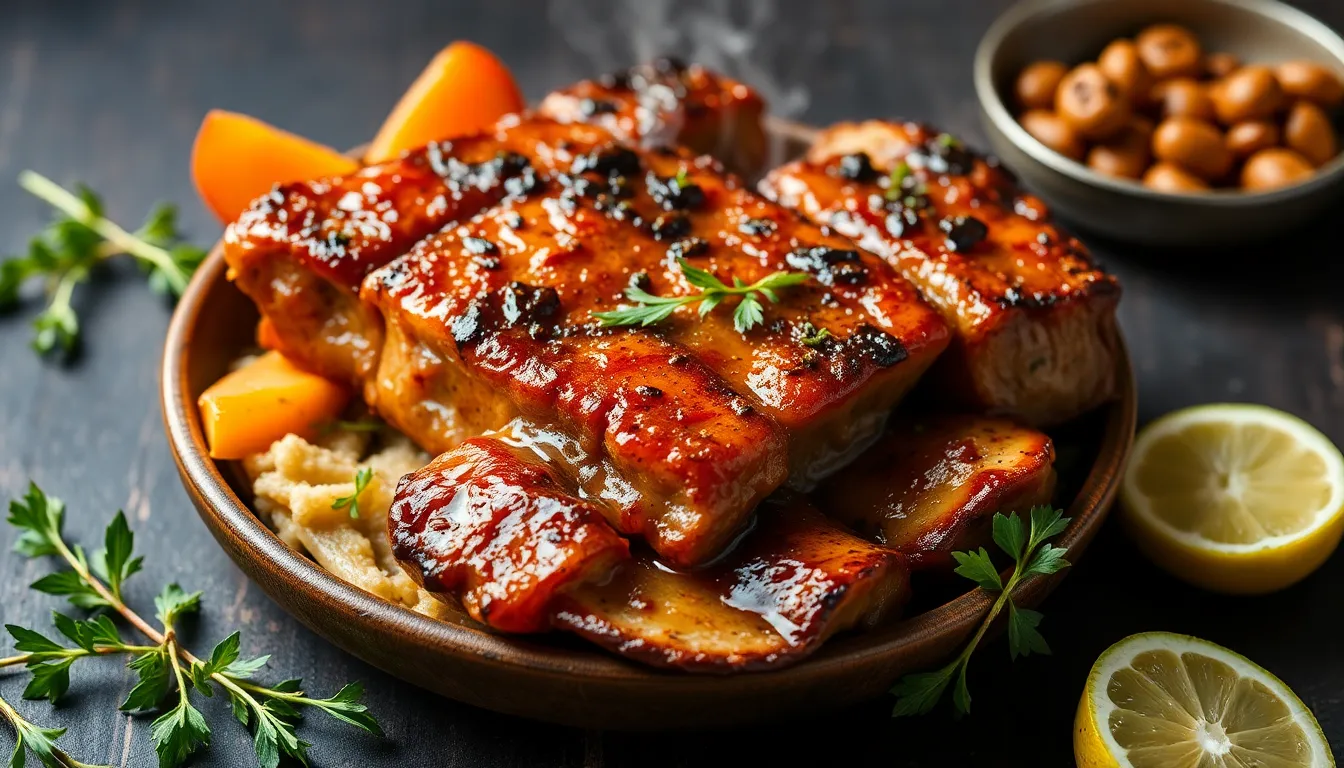The Best Oils for Baking: What Every Baker Needs to Know
Welcome to the world of baking, where the right ingredient can transform an ordinary treat into a mouthwatering masterpiece! One of the most underestimated elements in the baking process is oil. Choosing the right oil can significantly influence the flavor, moisture, and texture of your baked goods. In this comprehensive guide, we’ll dive into the intricacies of baking oils, unveiling the best options available for your culinary creations.
Introduction: A Baker’s Secret Weapon
Every baker knows that the secret to delightful baked goods often lies not in the flour or the sugar alone but in the subtle nuances of oil. From adding moisture to enhancing flavor, the oil you choose can make or break your recipe. In this article, we’ll explore how different oils contribute to the baking process and unveil the best oils that every baker should have in their pantry.
Section 1: The Science of Oils – Understanding Their Role in Baking
When it comes to baking, understanding how different oils behave is crucial. Oils can influence the texture and crumb of cakes, the flakiness of pastries, and the moisture content of breads. Each oil has its unique properties that come into play during the baking process.
Subsection 1.1: Fat vs. Oil – What’s the Difference?
Before we delve deeper into the world of oils, it’s essential to clarify the distinction between fats and oils in baking. While both contribute to the flavor and texture of baked goods, they differ significantly in their composition and behavior:
- Fats: These are solid at room temperature and include butter, lard, and shortening. They provide richness and structure.
- Oils: Liquid at room temperature, oils can add moisture and tenderness. They are generally lower in saturated fats and higher in unsaturated fats.
Section 2: The Cream of the Crop – Top Oils for Baking
Subsection 2.1: Olive Oil – The Mediterranean Marvel
Renowned for its fruity and peppery flavor, olive oil is more than just a cooking staple; it’s a fantastic addition to many baked goods. It can lend a unique character to cakes and breads, making them moist and flavorful.
Recommended Uses:
- Cakes
- Breads
- Brownies
Recommended Recipes:
Subsection 2.2: Coconut Oil – Tropical Delight
Coconut oil provides a delightful tropical flavor and can create a rich, moist texture in baked goods. Its health benefits are also notable, as it contains medium-chain fatty acids that may offer various health advantages.
Recommended Uses:
- Cookies
- Muffins
- Brownies
Recommended Recipes:
Subsection 2.3: Avocado Oil – The Nutrient-Packed Powerhouse
Avocado oil has a buttery, mild flavor and is rich in monounsaturated fats, making it a healthy choice for baking. It can enhance the richness of cakes and add a unique flavor profile to muffins and pancakes.
Recommended Uses:
- Brownies
- Pancakes
- Cakes
Recommended Recipes:
Subsection 2.4: Canola Oil – The Versatile Classic
Canola oil is favored for its neutral flavor and versatility. It’s ideal for baking when you want other flavors to shine through without interference from the oil. It works well in a variety of baked goods, from cakes to quick breads.
Recommended Uses:
- Cakes
- Quick Breads
- Cookies
Recommended Recipes:
Subsection 2.5: Nut Oils – The Flavor Enhancers
Nut oils such as almond, hazelnut, and walnut oils can impart a rich, nutty flavor to your baked goods. They are perfect for enhancing both sweet and savory recipes.
Recommended Uses:
- Brownies
- Cookies
- Savory Breads
Recommendations:
- Almond Oil for cookies and cakes
- Walnut Oil for savory breads and pastries
Section 3: The Do’s and Don’ts of Baking with Oils
Subsection 3.1: Do Experiment Wisely
Don’t be afraid to substitute oils in your recipes! However, it’s essential to consider the flavor compatibility and texture that different oils will bring.
Key Tips:
- Start with a neutral oil if unsure, then branch out to flavored oils as you gain confidence.
- When substituting, use a 1:1 ratio unless the recipe specifies otherwise.
Subsection 3.2: Don’t Forget About Smoke Points
Understanding smoke points is crucial in baking, as overheating oil can lead to unpleasant flavors and harmful compounds. Always choose oils with a suitable smoke point based on your baking method.
Section 4: The Great Oil Comparison – A Handy Reference
| Oil Type | Flavor Profile | Best Uses | Health Benefits | Smoke Point |
|---|---|---|---|---|
| Olive Oil | Fruity, Peppery | Cakes, Breads | High in antioxidants | 410°F (210°C) |
| Coconut Oil | Sweet, Tropical | Cookies, Muffins | Medium-chain fatty acids | 350°F (177°C) |
| Avocado Oil | Buttery, Mild | Brownies, Pancakes | Rich in monounsaturated fats | 520°F (271°C) |
| Canola Oil | Neutral | Cakes, Quick Breads | Low in saturated fat | 400°F (204°C) |
| Nut Oils | Nuttiness varies by type | Desserts, Savory Breads | Flavor enhancers | Varies by type |




